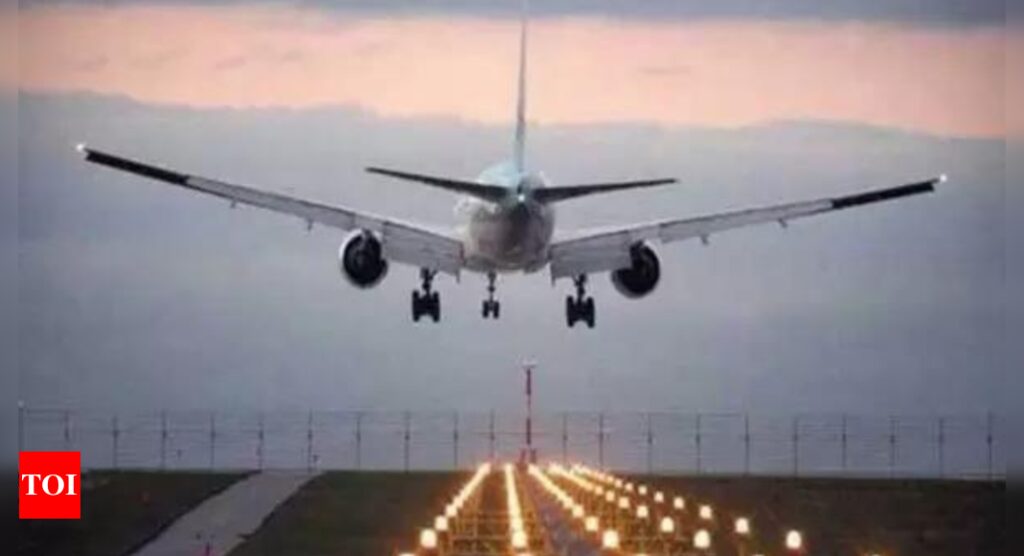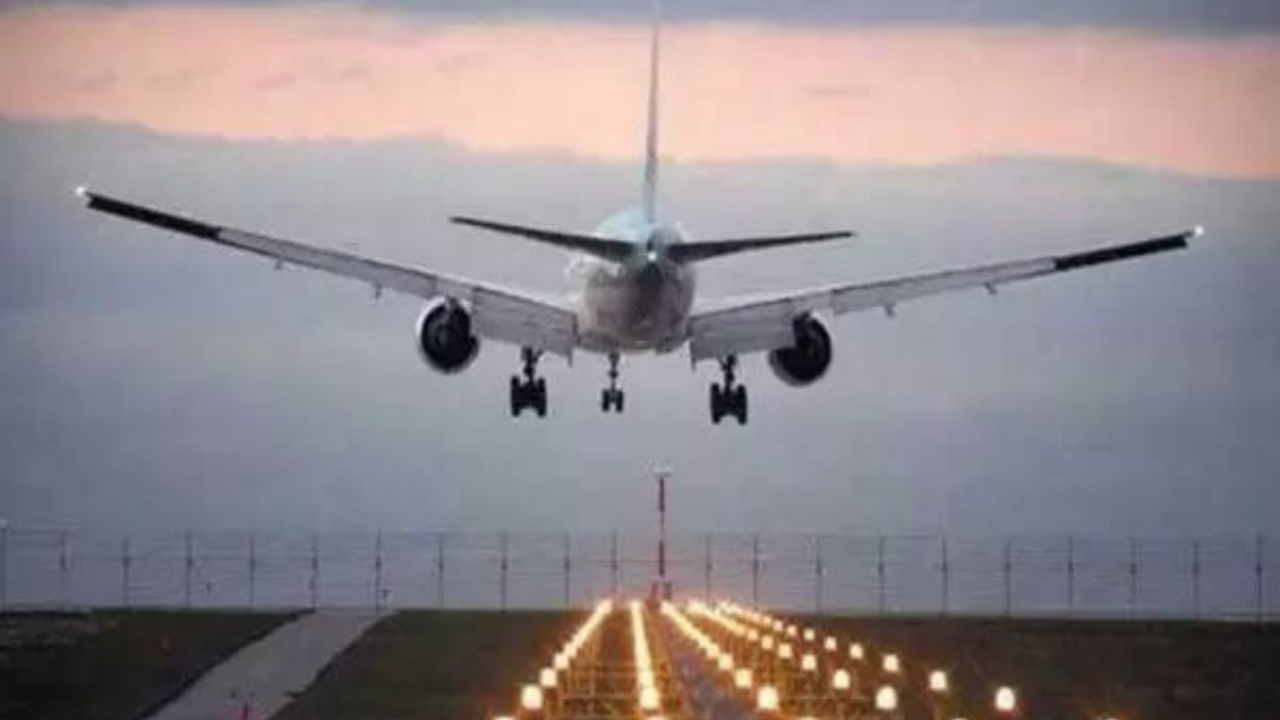[ad_1]
MUMBAI: The ministry of civil aviation has a tariff monitoring unit that looks at fares of 60 routes on a random basis, said civil aviation minister Jyotiraditya Scindia on Thursday, responding to a question in the Lok Sabha on air fare hikes.
Scindia said that the tariff monitoring unit monitors fares 30 days, 15 days, 7 days, 3 days, 2 days and 1 day ahead of the scheduled flight.
“Civil Aviation is a seasonal sector and fares go up and down variably. October till Mid-January is the high season, after that comes the very low season until April-May when holiday starts and then again you have high season till Mid-June. This is not just limited to India alone; this is a global phenomenon,” he said. “If you do booking in advance, there will be no high fares but if you do a booking on the last day then according to the reservation bucket designators which is the RBD system, fares do rise as far as airlines are concerned,” he added
Scindia said that in the last 3 years, airlines made losses of close to between Rs 55,000 crores to 1,32,000 crores on an annual basis-all airlines together. “Covid completely destroyed the financial viability of the airlines. Even in that environment, our airlines have operated on the very sustainable basis,” he said, adding that air turbine fuel is close to 40% of the operational cost of the airlines. “ATF prices have gone up from 55,000 rupees a kilo litre to 1,55,000 rupees a kilo litre, they have gone up 3 times, and air fares have gone up nowhere in rational to that. Today, ATF is down to just still close to 2 and half times from where it was,” he said.
Air fares for travel during the Diwali week on non-stop flights from Mumbai to states in the north such as UP, Bihar, Chhattisgarh and Jharkhand were exceptionally high this year. While high fares are expected during peak festive season, the fares to these destinations touched unprecedented heights, as reported by TOI in early November. Among the top two cities with stratospherically high domestic fares out of Mumbai were Ranchi and Raipur, the cheapest return fare for travel during the Diwali week (November 11 to 15) started at Rs 40,000 in the second half of October. The cheapest Diwali-travel return fares from Mumbai to other cities such as Patna, Lucknow, Prayagraj (Allahabad), Gaya, Darbhanga, Agra had crossed Rs 30,000 by November 1. But on the other hand, on November 1, ten days before the festival, Diwali return fares to destinations such as Goa, Trivandrum, Chennai, Hyderabad were under Rs 10,000 and stayed relatively low for over a week.
Scindia said that the tariff monitoring unit monitors fares 30 days, 15 days, 7 days, 3 days, 2 days and 1 day ahead of the scheduled flight.
“Civil Aviation is a seasonal sector and fares go up and down variably. October till Mid-January is the high season, after that comes the very low season until April-May when holiday starts and then again you have high season till Mid-June. This is not just limited to India alone; this is a global phenomenon,” he said. “If you do booking in advance, there will be no high fares but if you do a booking on the last day then according to the reservation bucket designators which is the RBD system, fares do rise as far as airlines are concerned,” he added
Scindia said that in the last 3 years, airlines made losses of close to between Rs 55,000 crores to 1,32,000 crores on an annual basis-all airlines together. “Covid completely destroyed the financial viability of the airlines. Even in that environment, our airlines have operated on the very sustainable basis,” he said, adding that air turbine fuel is close to 40% of the operational cost of the airlines. “ATF prices have gone up from 55,000 rupees a kilo litre to 1,55,000 rupees a kilo litre, they have gone up 3 times, and air fares have gone up nowhere in rational to that. Today, ATF is down to just still close to 2 and half times from where it was,” he said.
Air fares for travel during the Diwali week on non-stop flights from Mumbai to states in the north such as UP, Bihar, Chhattisgarh and Jharkhand were exceptionally high this year. While high fares are expected during peak festive season, the fares to these destinations touched unprecedented heights, as reported by TOI in early November. Among the top two cities with stratospherically high domestic fares out of Mumbai were Ranchi and Raipur, the cheapest return fare for travel during the Diwali week (November 11 to 15) started at Rs 40,000 in the second half of October. The cheapest Diwali-travel return fares from Mumbai to other cities such as Patna, Lucknow, Prayagraj (Allahabad), Gaya, Darbhanga, Agra had crossed Rs 30,000 by November 1. But on the other hand, on November 1, ten days before the festival, Diwali return fares to destinations such as Goa, Trivandrum, Chennai, Hyderabad were under Rs 10,000 and stayed relatively low for over a week.
[ad_2]
Source link











More Stories
Congress replaces Kamal Nath, names an OBC as Madhya Pradesh chief | India News
Fire breaks out in ITBP camp in Srinagar; none hurt | India News
Parliament Security: Co-villagers give clean chit to Lalit Jha, parents to move court | India News